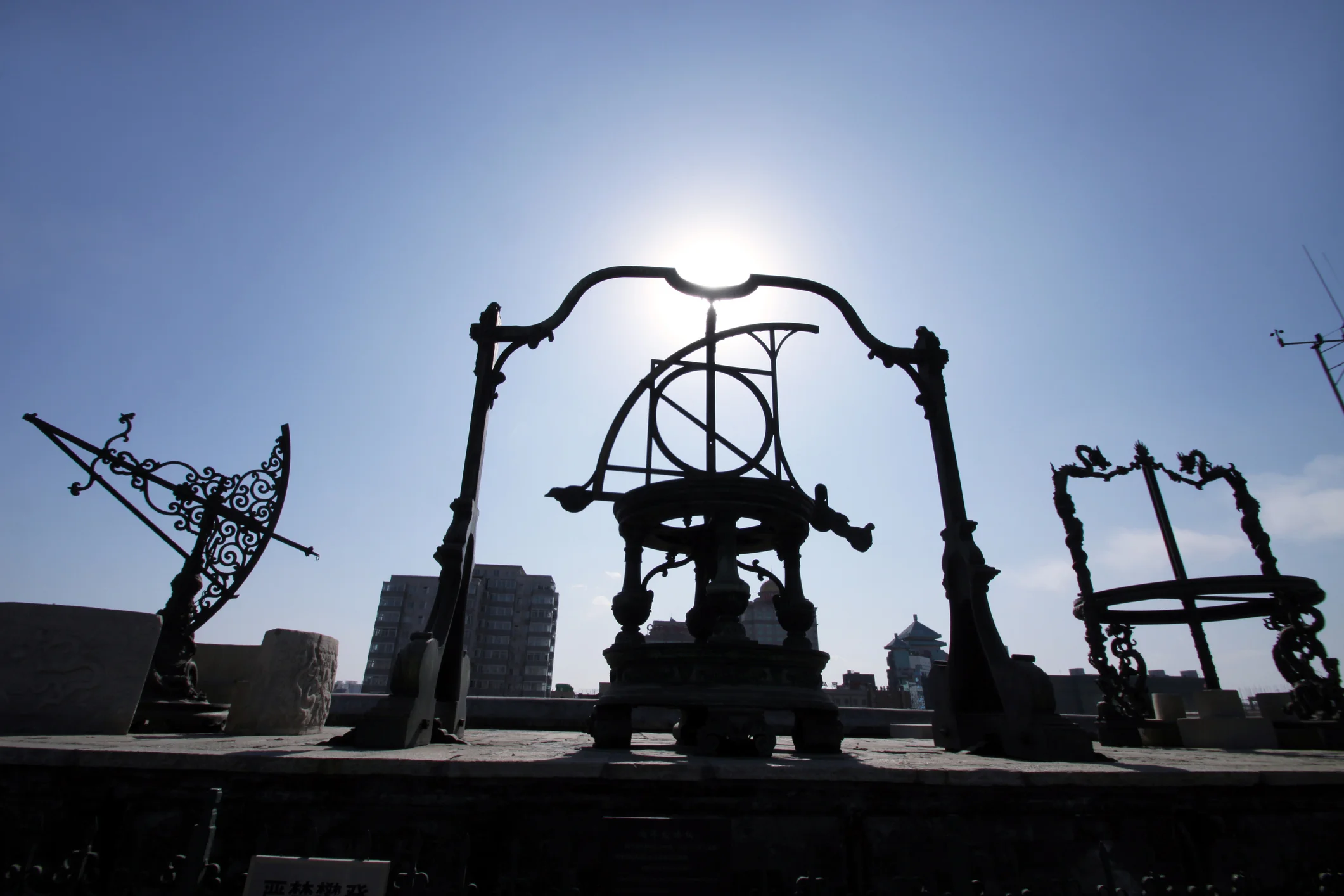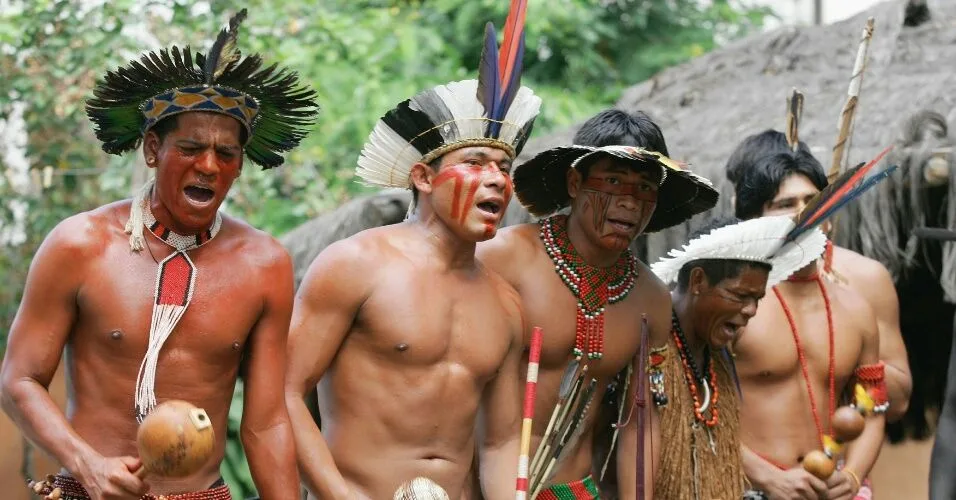Life flows in cycles, and with each turn of the season, we’re invited to honor transitions that mark our personal and collective evolution. These moments deserve celebration, recognition, and intentional observation.
Throughout human history, cultures worldwide have recognized the profound connection between seasonal changes and personal transformation. Rites of passage aren’t merely ceremonial traditions—they’re essential practices that help us navigate life’s inevitable transitions with grace, awareness, and purpose. As nature demonstrates its cyclical wisdom through spring blooms, summer abundance, autumn harvests, and winter rest, we too experience parallel journeys of growth, maturity, release, and renewal.
🌸 Understanding Rites of Passage Through Nature’s Lens
Rites of passage serve as cultural and personal markers that acknowledge significant life transitions. When aligned with seasonal shifts, these ceremonies gain additional layers of meaning, connecting individual experiences to the larger rhythms of the natural world. This synchronization isn’t coincidental—our ancestors understood that seasonal transitions mirror internal transformations we all experience.
Traditional societies have long celebrated these connections. Indigenous communities worldwide time their coming-of-age ceremonies, naming rituals, and harvest celebrations to coincide with specific seasonal moments. The spring equinox marks beginnings and initiations; summer solstice celebrates fullness and maturity; autumn equinox honors gratitude and letting go; winter solstice acknowledges introspection and rebirth.
Modern life has distanced many of us from these natural cycles, yet the psychological and spiritual benefits of reconnecting with seasonal rites of passage remain profound. When we consciously celebrate transitions alongside nature’s changes, we create powerful anchors for personal growth and community connection.
Spring: The Season of Initiation and New Beginnings 🌱
Spring represents the quintessential season of birth, emergence, and fresh starts. As the earth awakens from winter dormancy, it’s the perfect time to honor initiations, beginnings, and transformations that launch us into new phases of life.
Celebrating Youth Transitions in Springtime
Many cultures have traditionally marked adolescent transitions during spring months. Bar and Bat Mitzvahs, confirmations, and graduation ceremonies often fall during this season for good reason. The symbolism of new growth, emerging potential, and budding possibility perfectly mirrors the developmental stage of young people stepping into greater responsibility and self-awareness.
Creating meaningful spring rites of passage for young people might include:
- Nature immersion experiences that teach self-reliance and connection to the earth
- Mentorship circles where elders share wisdom about navigating life’s challenges
- Service projects that demonstrate growing capacity to contribute to community
- Personal challenge ceremonies that push comfort zones and build confidence
- Symbolic planting rituals where seeds represent intentions for the year ahead
Adult Renewals and Career Transitions
Spring isn’t only for youth. Adults experiencing career changes, relationship beginnings, or personal reinventions can harness spring’s energy for their own rites of passage. Starting a business, returning to school, or relocating to a new city—these transitions gain deeper meaning when consciously framed as seasonal rites.
Consider marking these spring transitions with intentional ceremonies: sharing your intentions with trusted friends, creating vision boards aligned with natural growth cycles, or performing cleansing rituals that release old patterns and welcome new possibilities.
Summer: Celebrating Fullness and Achievement ☀️
Summer’s long days and abundant energy make it ideal for celebrating achievements, recognizing maturity, and honoring the fruition of efforts planted in earlier seasons. This is the time to acknowledge what has blossomed in your life.
Milestone Celebrations With Solar Energy
Wedding ceremonies have long gravitated toward summer months, and this timing reflects deep wisdom. Marriage represents the full flowering of commitment between partners, aligning perfectly with summer’s themes of abundance, joy, and celebration. The summer solstice, specifically, has been a traditional time for handfasting ceremonies and union rituals across cultures.
Beyond weddings, summer offers powerful timing for celebrating:
- Professional achievements and promotions
- Physical accomplishments like completing marathons or fitness goals
- Creative projects reaching completion
- Community gatherings that strengthen social bonds
- Personal sovereignty declarations and independence recognitions
Teaching Children About Growth Cycles
Summer provides excellent opportunities to introduce children to the concept of honoring transitions. End-of-school-year celebrations, summer solstice festivals, and family reunion traditions help young people understand that life unfolds in meaningful patterns. These experiences create templates for recognizing and celebrating change throughout their lives.
Engaging children in summer rites might involve creating gratitude rituals for what they’ve learned, setting intentions for summer adventures, or participating in community service that demonstrates their growing capabilities.
Autumn: Gratitude, Harvest, and Graceful Letting Go 🍂
Autumn’s transformation from abundance to release teaches perhaps the most challenging and essential lesson: how to honor what was while making space for what’s next. This season excels at holding both grief and gratitude simultaneously.
Honoring Endings With Dignity
Not all rites of passage celebrate joyful beginnings. Some mark difficult transitions: retirement from long careers, children leaving home for college, relationships ending, or loved ones passing. Autumn’s natural release of leaves models how to let go with grace rather than resistance.
Creating autumn rites of passage for difficult transitions might include:
- Gratitude ceremonies that honor what the ending brought to your life
- Letter-writing rituals where you articulate lessons learned
- Physical release ceremonies like burning symbolic items or scattering them in natural settings
- Community witnessing circles where others hold space for your transition
- Creative expression projects that transform grief into art, music, or writing
Harvest Festivals as Communal Rites
Traditional harvest celebrations like Thanksgiving, Samhain, and Sukkot recognize that autumn is inherently communal. We gather to acknowledge collective abundance, share resources, and prepare together for leaner times ahead. These festivals function as rites of passage for entire communities, marking the transition from growth season to rest season.
Modern harvest celebrations can recover this deeper meaning by consciously framing them as transitional rituals. Share stories of personal harvests—what you’ve grown or achieved this year. Acknowledge what you’re ready to compost—patterns, beliefs, or relationships that no longer serve. Express gratitude for community support that helped you navigate the year’s challenges.
Winter: Introspection, Death, and Rebirth ❄️
Winter’s darkness and dormancy create ideal conditions for the most profound rites of passage—those involving deep transformation, shadow work, and preparation for eventual rebirth. This season asks us to slow down, turn inward, and embrace necessary endings.
Elder Transitions and Wisdom-Keeper Ceremonies
Many traditional cultures recognize elderhood as a distinct life stage requiring its own rite of passage, often timed with winter’s reflective energy. Becoming an elder isn’t merely about reaching a certain age—it’s about consciously accepting the role of wisdom-keeper, mentor, and community anchor.
Creating winter elder ceremonies might involve:
- Community gatherings where elders are formally recognized and honored
- Storytelling circles where life wisdom is shared with younger generations
- Legacy projects that document knowledge for future community members
- Passing of ceremonial objects that symbolize wisdom transmission
- Quiet reflection periods where elders integrate their life experiences
Winter Solstice as Ultimate Transformation
The winter solstice represents the year’s darkest moment, immediately followed by the return of light. This powerful symbolism has made it a focal point for transformation rituals across cultures and centuries. It’s the perfect time for rites of passage involving major life changes, healing from trauma, or emerging from difficult periods.
Solstice rites might include all-night vigils that mirror the longest night, sunrise ceremonies celebrating the return of light, or fire rituals that symbolize hope persisting through darkness. These ceremonies acknowledge that sometimes we must fully embrace the dark before we can appreciate returning light.
Creating Your Personal Seasonal Rite of Passage Practice 🌍
Incorporating seasonal rites of passage into your life doesn’t require elaborate ceremonies or expert guidance. Simple, heartfelt rituals practiced consistently create powerful frameworks for navigating change with intention and grace.
Essential Elements of Meaningful Rites
Whether you’re creating a ceremony for yourself, your family, or your community, certain elements enhance the transformative power of rites of passage:
- Intentional separation: Mark the beginning of the rite by stepping away from ordinary time and space
- Witnessed transformation: Have others present to acknowledge your transition, even if just one trusted friend
- Symbolic action: Incorporate meaningful gestures, objects, or activities that represent the change
- Spoken commitment: Articulate aloud what you’re releasing and what you’re embracing
- Integration period: Allow time after the ceremony to adjust to your new status or identity
Seasonal Timing Guidelines
Aligning your personal rites with seasonal energy amplifies their effectiveness. Consider this framework when planning transition ceremonies:
| Season | Energy | Best For |
|---|---|---|
| Spring | Emergence, expansion | Beginnings, initiations, youth transitions, new ventures |
| Summer | Fullness, celebration | Achievements, unions, maturity recognition, community bonds |
| Autumn | Gratitude, release | Endings, completions, letting go, harvest acknowledgment |
| Winter | Introspection, transformation | Deep change, elderhood, healing, preparing for rebirth |
Building Community Through Shared Seasonal Ceremonies 🤝
While personal rites of passage hold tremendous value, communal ceremonies create social cohesion and collective meaning-making. When communities celebrate seasonal transitions together, they strengthen bonds and create shared cultural identity.
Organizing Neighborhood Seasonal Gatherings
You don’t need formal religious affiliation or cultural tradition to create meaningful communal rites. Neighborhood groups can organize seasonal celebrations that honor transitions while building community connections. Equinox potlucks, solstice bonfires, seasonal volunteer projects, or nature walks timed with seasonal shifts all function as contemporary rites of passage.
The key is intentionality—framing these gatherings explicitly as transitions rather than merely social events. Begin with a brief acknowledgment of what season you’re leaving and which you’re entering. Invite participants to share what they’re harvesting, releasing, or planting in their own lives. Close with a collective gesture that symbolizes moving forward together.
Digital Communities and Virtual Rites
Geography doesn’t limit participation in seasonal rites. Online communities can gather for virtual ceremonies that honor transitions across distances. Video calls enable real-time witnessing of personal rites, while forum discussions and social media groups provide ongoing support through seasonal changes.
Digital tools also help track seasonal patterns over years. Journaling apps, meditation platforms, and ritual tracking software can deepen awareness of how your personal cycles align with natural seasons, revealing patterns that inform future transition celebrations.
Teaching the Next Generation About Honoring Change 👨👩👧👦
Perhaps the most valuable gift we can offer children is comfort with change. When young people learn to recognize, honor, and celebrate transitions, they develop resilience and adaptability that serves them throughout life.
Age-Appropriate Seasonal Rituals
Even very young children can participate in simple seasonal rites. Planting seeds in spring, creating sun art in summer, collecting fallen leaves in autumn, and watching for returning light in winter introduce the concept that change follows patterns and deserves acknowledgment.
As children mature, seasonal rites can increase in complexity and personal significance. Adolescents might create personal seasonal intention-setting practices, participate in nature-based vision quests during transition times, or design their own coming-of-age ceremonies aligned with seasonal energy.
Modeling Healthy Transition Navigation
Children learn most powerfully through observation. When adults in their lives consciously celebrate their own rites of passage—whether career changes, relationship transitions, or personal growth milestones—children absorb the message that change is natural, manageable, and worthy of recognition rather than fear.
Share your own transition experiences with young people in age-appropriate ways. Invite them to witness your seasonal rites when possible. Explain how honoring change helps you navigate life’s challenges with greater ease and meaning.
The Healing Power of Acknowledging Unrecognized Passages 🌟
Many significant life transitions pass unacknowledged in modern culture—miscarriages, chronic illness diagnoses, friendship endings, moving through menopause, or recovering from addiction. The absence of recognized rites for these passages can leave people feeling isolated and invalidated in their experiences.
Creating Ceremonies for the Uncelebrated
You can create rites of passage for any transition that feels significant to you, regardless of whether mainstream culture recognizes it. Seasonal timing provides a natural framework for these personal ceremonies.
A woman might create an autumn ritual honoring the transition into menopause, releasing fertility while celebrating wisdom. Someone in recovery might hold a spring ceremony marking their anniversary of sobriety as a rebirth. Parents who experienced pregnancy loss might gather friends for a winter solstice ceremony acknowledging their child and their grief.
These self-created rites carry no less power than traditional ceremonies. Often, they hold more meaning because they’re specifically designed for your unique experience and needs.
Reconnecting With Ancestral Seasonal Wisdom 🌾
Many of us have lost connection to our ancestors’ seasonal practices through migration, cultural assimilation, or generational disconnection. Recovering these traditions—or creating new ones inspired by them—provides powerful grounding in uncertain times.
Researching Your Heritage
Investigate what seasonal rites of passage your ancestors practiced. Even basic research into traditional celebrations from your family’s regions of origin can reveal meaningful practices to adapt for contemporary life. You might discover that your grandmother’s insistence on spring cleaning was actually a transition ritual, or that your grandfather’s annual winter storytelling served as wisdom transmission.
Adapting ancestral practices doesn’t mean rigid recreation. Instead, understand the underlying intention of traditional rites, then express that intention in ways that feel authentic to your current life. The essence matters more than exact replication.
Honoring Multiple Heritage Streams
Many people carry multiple cultural heritages, each with distinct seasonal traditions. Rather than choosing one tradition over others, consider how various streams might blend into unique personal practices. A spring ceremony might incorporate elements from different ancestral traditions, creating something new while honoring multiple lineages.
This creative synthesis reflects the reality of contemporary multicultural identity while maintaining connection to seasonal wisdom passed down through generations.
Embracing Fluidity: When Life Transitions Don’t Match Seasonal Timing ⏰
Not all transitions arrive conveniently aligned with seasonal shifts. Unexpected job losses, surprise pregnancies, sudden relocations, or unanticipated health diagnoses demand immediate response, regardless of season.
In these cases, you can still incorporate seasonal awareness into your rite of passage. Acknowledge which season you’re experiencing the transition within, and consider how that season’s energy might inform your response. A sudden ending in spring might carry different meaning than the same transition in autumn. Notice what the season teaches about your particular change.
Alternatively, you might perform an immediate acknowledgment ritual when the transition occurs, then create a more elaborate seasonal rite at the next equinox or solstice to integrate and honor the full journey.
Living in Perpetual Transition: The Modern Challenge 🔄
Contemporary life often feels like constant transition without clear beginnings, middles, or endings. Career paths rarely follow linear progressions. Relationships exist in ambiguous states. Identity itself seems increasingly fluid. How do seasonal rites of passage function in this context?
Rather than abandoning the practice, let seasonal transitions serve as regular check-in points. Each equinox and solstice becomes an opportunity to pause and assess: What phase am I in currently? What needs acknowledging or celebrating? What’s ready to shift?
These quarterly reflection points create structure within fluidity, offering regular opportunities to recognize changes that might otherwise pass unnoticed in the blur of constant motion.
Transformation Through Recognition: Why These Ceremonies Matter 💫
Skeptics might dismiss rites of passage as mere theater or unnecessary formality. Yet research in psychology, anthropology, and neuroscience increasingly validates what traditional cultures have always known: ceremonies that mark transitions literally help our brains process change.
Rituals activate different neural pathways than everyday activities. They signal to our entire being—conscious and unconscious—that something significant is occurring. This activation facilitates the release of what was and acceptance of what’s becoming in ways that purely cognitive processing cannot achieve.
When aligned with seasonal transitions, these ceremonies gain additional power by connecting personal change to larger natural cycles, reducing isolation and increasing the sense of being held within something greater than individual experience.
Your Seasonal Journey Begins Now 🌅
You don’t need to wait for the next major life transition to begin incorporating seasonal rites of passage into your life. Start simply: notice the current season and what natural transitions are occurring around you. Reflect on what internal transitions mirror these external changes.
Create a small ceremony—lighting a candle, speaking intentions aloud, walking mindfully in nature, or gathering with loved ones—that acknowledges where you are in your seasonal journey. Notice how this simple recognition shifts your experience of both the season and your life.
As you develop comfort with seasonal awareness, your rites of passage will naturally deepen and expand. You’ll find yourself approaching life’s inevitable transitions with greater confidence, creativity, and connection to the wisdom that flows through all cycles of existence.
The earth turns, seasons shift, and life continually invites us into new phases of becoming. By celebrating these transitions through conscious rites of passage, we transform change from something to fear or resist into something to honor, learn from, and ultimately, embrace.
Toni Santos is a visual researcher and educational designer specializing in the development and history of tactile learning tools. Through a hands-on and sensory-focused lens, Toni investigates how physical objects and textures can enhance understanding, memory, and creativity while exploring the intersections of ancient temporal systems, ritualized time practices, and cultural perceptions of chronology. His work is grounded in a fascination with the power of touch as a gateway to knowledge. From embossed maps and textured alphabets to handcrafted manipulatives and sensory kits, Toni uncovers the subtle ways tactile tools shape cognitive development and learning experiences, while engaging with ancestral calendars and forgotten systems, chrono-rituals and time portals, cultural time perception and myth, and devices and tools of time. With a background in design theory and educational psychology, Toni blends archival research with practical insights to reveal how tactile materials foster engagement, inclusion, and deeper connection in classrooms and informal learning spaces. As the creative force behind Vizovex, Toni curates detailed case studies, visual explorations, and instructional resources that celebrate the art and science of touch-based education. His work is a tribute to: The transformative role of tactile tools in learning The intersection of sensory experience, cognition, and temporal wisdom The craft and innovation behind educational objects and time devices Whether you’re an educator, designer, or lifelong learner, Toni invites you to explore the rich textures of knowledge—one touch, one tool, one discovery at a time.




